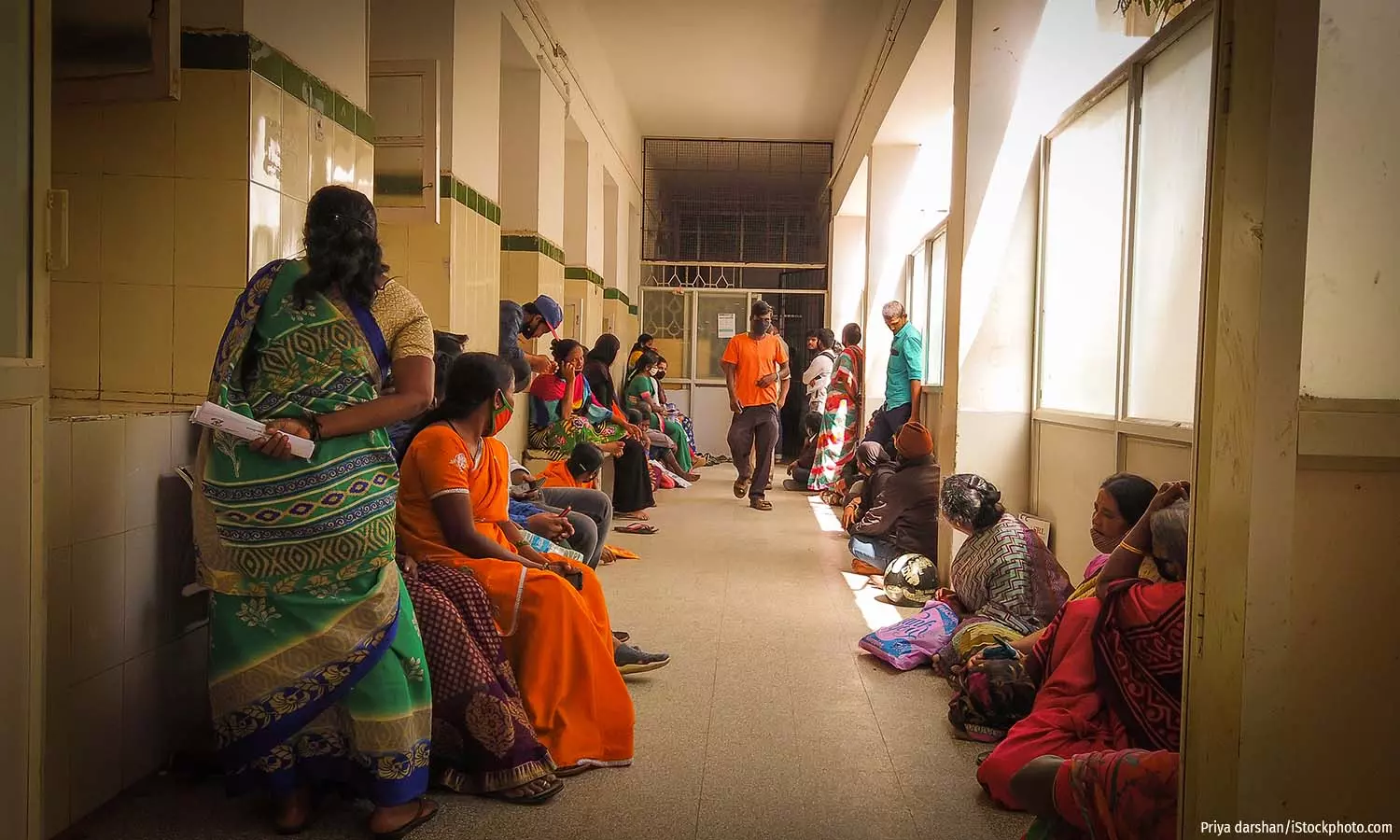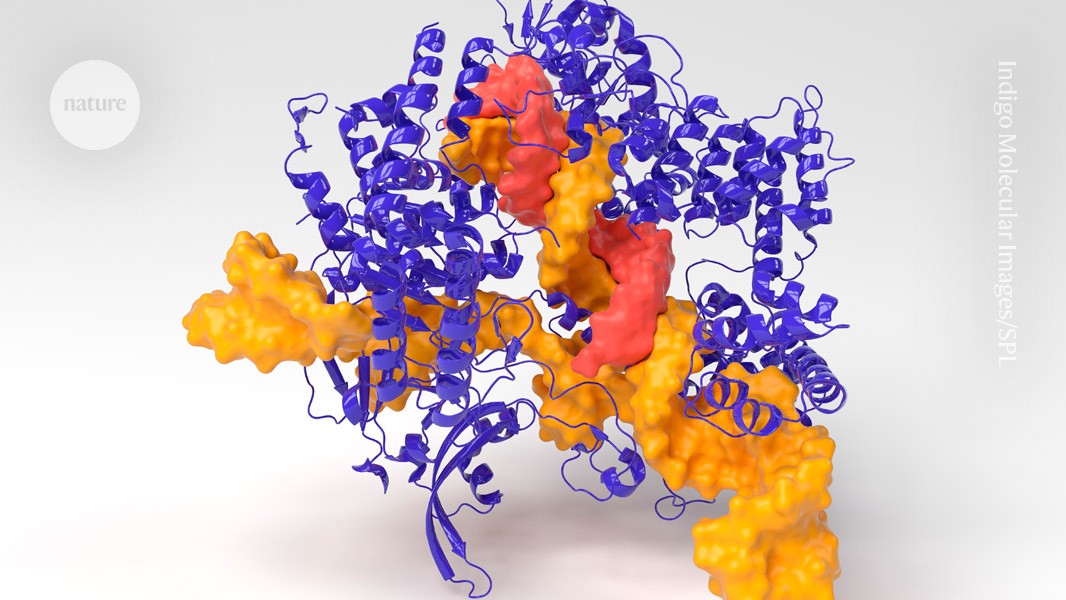- Arvind's Newsletter
- Posts
- Arvind's Newsletter
Arvind's Newsletter
Issue No #1106
1.The Indian Economy is Doing Well, But Not Many Indians Are, opines T N Ninan
The economy is growing rapidly and many economic indicators are flashing green. But the path that India has chosen, of promoting national business champions, has its limits. Economic distress is widespread, which cannot be handled forever with welfare handouts or religion as an opiate.
2.Modi Govt Doubled Spending On Insurance, Not Enough On Health Infrastructure
Out-of-pocket health expenditure as a percentage of total health spending fell from 64.2% in 2013-14 to 48.2% in 2018-19, and health expenditure rose to 2.1% of the gross domestic product (GDP) in 2022-23, government data released in the Economic Survey 2022-23 show.
However, this increase is uneven, data show. For one, allocations for Ayushman Bharat, the government’s flagship health insurance scheme, more than doubled from Rs 3,200 crore (revised estimates) in 2018-19 to Rs 7,200 crore in 2023-24. On the other hand, funding to the National Health Mission, for strengthening public health infrastructure and building human resources, rose 17% during the same period, from Rs 30,683 crore to Rs 35,947 crore. This is, in fact, a decline in real terms.
Experts say this marks a shift in India's health policy from one based on universal healthcare focusing on strengthening the public health sector to providing insurance and shifting healthcare to the private sector. As India goes to polls later this week, we look at how the health sector has changed in the Modi years.
India’s out-of-pocket health expenditure, as percentage of its total health spending, has--as we said--declined since 2014, when the Bharatiya Janata Party-led National Democratic Alliance government under Narendra Modi first came into power.
However, that number is still higher than its BRICS partners and other large economies, a comparison of World Health Organization data for 2021 shows. Among its neighbours, India performed better than Pakistan, Bangladesh and Nepal. Overall, India ranks 161 among 188 countries in terms of out-of-pocket expenditure.
3.”Can’t be CEO in America if not Indian”: US envoy
US ambassador to India, Eric Garcetti, has emphasized the remarkable success of Indian immigrants in the United States, noting that over 10% of Fortune 500 company CEOs are Indian immigrants who studied in the US.
In a statement that underscores the change in corporate America, Garcetti said that, “ The old joke was that you could not become a CEO in the US if you were Indian, now the joke is that you can not become a CEO in US if you are not Indian, whether it is Google, Microsoft or Starbucks, people have come and made a difference.”
4.AI helps make gene-editing proteins
Researchers created a “ChatGPT for CRISPR,” using artificial intelligence to design gene-editing proteins.
CRISPR-Cas9 uses bacterial proteins to cut and reattach genetic sequences, allowing precise gene editing. But it can be a challenge finding the right protein for the job. The new system is trained on millions of existing proteins, like ChatGPT is trained on a huge corpus of text, and can then spit out new proteins appropriate for new tasks.
The researchers had demonstrated that some newly designed proteins worked as expected in the laboratory, and were less prone to off-target cuts and other errors than widely used existing proteins, Nature reported.
5.China's gold consumption rose 6% in first quarter this year; what is driving the rally?
Gold, which is considered as a secured investment amid geopolitical and economic upheavals, has witnessed a significant surge in value due to Russia's invasion of Ukraine and the conflict in the Gaza Strip. However, the prolonged and resilient ascent of gold, surpassing $2,400 per ounce, can be largely attributed to China.
According to the China Gold Association, gold consumption in the country saw a 6% rise in the first quarter compared to the same period last year. This growth follows a 9% increase recorded in the preceding year.
According reports, Chinese consumers have increasingly turned to gold amid waning confidence in conventional investment avenues such as real estate or stocks. Concurrently, the nation's central bank has consistently bolstered its gold reserves while reducing its holdings of U.S. debt. Adding to this trend are Chinese speculators, who are wagering on further potential appreciation, intensifying market dynamics.
6.A Peek Inside the Brains of ‘Super-Agers’
When it comes to aging, we tend to assume that cognition gets worse as we get older. Our thoughts may slow down or become confused, or we may start to forget things, like the name of our high school English teacher or what we meant to buy at the grocery store.
But that’s not the case for everyone.
For a little over a decade, scientists have been studying a subset of people they call “super-agers.” These individuals are age 80 and up, but they have the memory ability of a person 20 to 30 years younger.
Most research on aging and memory focuses on the other side of the equation — people who develop dementia in their later years. But, “if we’re constantly talking about what’s going wrong in aging, it’s not capturing the full spectrum of what’s happening in the older adult population,” said Emily Rogalski, a professor of neurology at the University of Chicago, who published one of the first studies on super-agers in 2012.
A paper published in the Journal of Neuroscience helps shed light on what’s so special about the brains of super-agers. The biggest takeaway, in combination with a companion study that came out last year on the same group of individuals, is that their brains have less atrophy than their peers’ do.
7.IVF and egg freezing: Numbers jumped in 2022 (in USA); post in Axios
More U.S. parents are using in vitro fertilization to grow their families, according to newly released data.
IVF and other assisted reproductive technologies have grown in popularity, as hopeful parents gain more access to infertility treatments and choose to have kids later in life.
In 2022, 2.5% of all U.S. births were a result of IVF, according to Society for Assisted Reproductive Technology (SART) numbers released this month.
The number of babies born from IVF increased from 89,208 in 2021 to 91,771 in 2022.
Egg-freezing cycles, an assisted reproductive technology for future IVF, also increased: from 24,560 in 2021 to 29,803, SART says.
Between the lines: The birthrate of multiples via IVF has been steadily declining, as more patients choose single embryo transfers.
Almost 96% of babies born from IVF-assisted pregnancies were singletons, compared to only 80% in 2015, says SART.
It's Infertility Awareness Week, a time when the American Society for Reproductive Medicine shares the reminder that roughly 1 in 6 people are affected by infertility.negotiation





